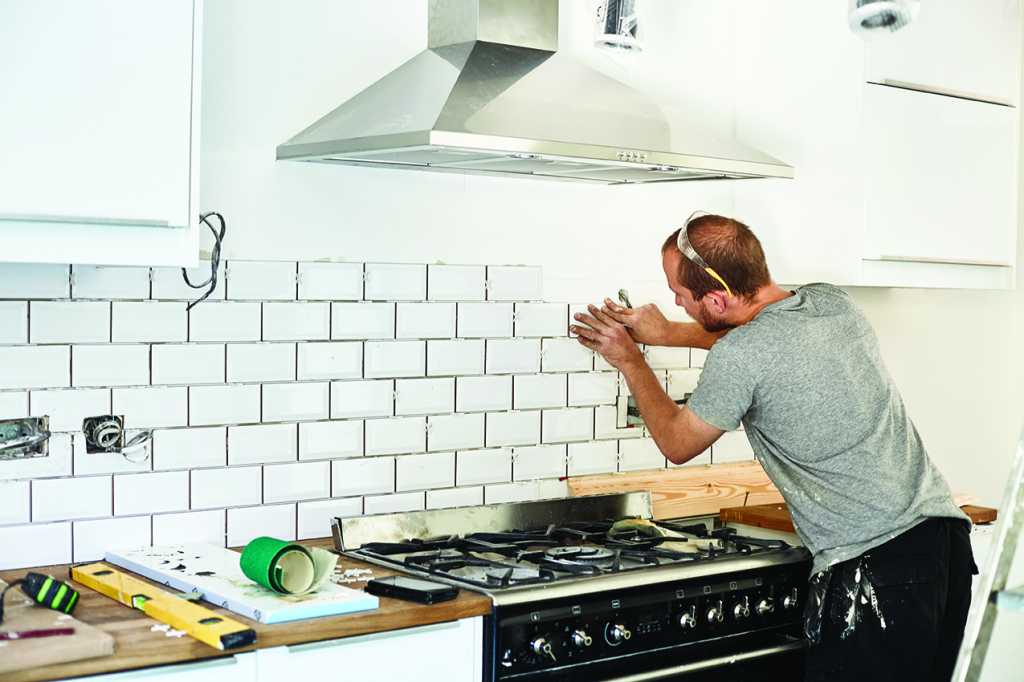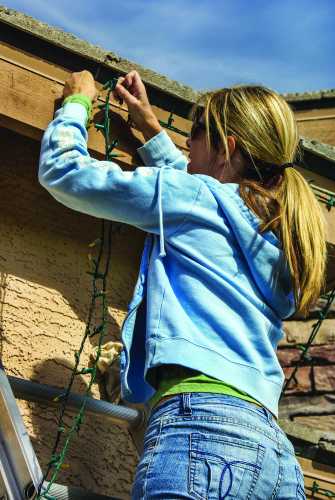In recent years, home sellers have experienced record profits as the value of real estate has risen dramatically. Bankrate indicates the median home price across the United States is around $486,000. According to WOWA, a personal finance resource in Canada, the national average price of a home in Canada was $657,145 CAD in December 2023.
Flipping homes gained popularity prior to the spike in real estate prices, but that increase has led some novices to consider flipping more closely. Though it’s true the chances at turning a large profit are substantial in a market where high prices are the norm, potential flippers may benefit from a rundown of the practice before they decide if it’s something they want to do.
What Is Flipping?: Flipping works when an investor purchases a property with the intention of selling the home (or business) for profit without actually using it. The basic premise of flipping is to find a property at a low price and sell it at a much higher price, typically after renovating the home. Investopedia says it is important to complete this transaction as quickly as possible to reap the greatest return on investment.
Don’t Underestimate the Necessary Investment of Time and Money: Many new flippers overestimate their skills and knowledge and lose money in the process. Common mistakes include thinking that a project will cost less or the home will be turned around quickly. It can take months to find the right property, and then there will be time needed to renovate. Costs involved include the initial sale, renovations, holding costs, and capital gains tax when the sale goes through. All of these can eat into profits.
Limited Inventory Makes Things Tougher: It can be challenging to find a good deal as everyone seemingly wants to be in real estate these days. With fierce competition in a low-inventory market, flipping can be like finding a needle in a haystack.
Know the Tax Benefits Versus Tax Risks: According to Tresa Todd, founder of the Women’s Real Estate Investors Network, flipping may be less tax-efficient in the United States than getting into investment properties. Flippers will be paying short-term capital gains instead of long-term capital gains. According to NerdWallet, capital gains taxes are paid when one sells an asset for profit. The rate at which capital gains is taxed is based on whether you hold an asset for less than a year or longer than a year. Long-term capital gains tax rates are generally lower than short-term capital gains tax rates.
Abide by the Golden Rule: Most home flippers follow the 70% rule. This says one should pay no more than 70% of what the house’s estimated ARV (after-repair value) will be, minus the cost of the repairs necessary to renovate the home, says Rocket Mortgage. The ARV is calculated by adding the current property value plus the added value of any renovations. The formula boils down to: Multiply ARV by 0.7, then subtract estimated repair costs, and the resulting number equals maximum buying price.
Flipping may seem like a good idea, but prospective flippers should fully understand the process, including the financial commitments it requires, prior to purchasing a home.
-Metro Creative Connection
For more home improvement articles, click here.


























